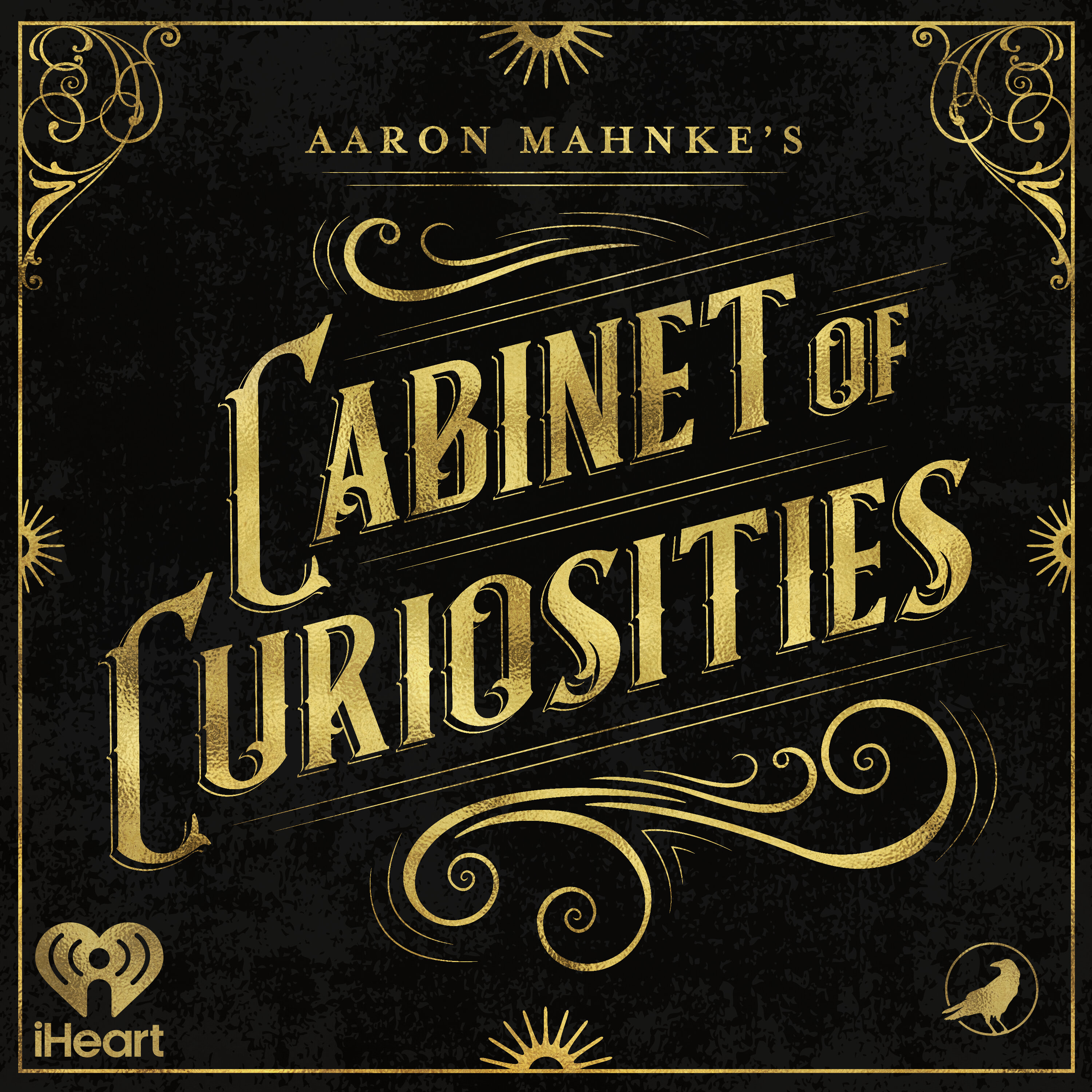Boxed In
Victory and tragedy in equal measures are part of today's Cabient tour.
Order the official Cabinet of Curiosities book by clicking here today, and get ready to enjoy some curious reading!
See omnystudio.com/listener for privacy information.
Press play and read along
Transcript
Transcript is processing—check back soon.
Aaron Mahnke's Cabinet of Curiosities — Boxed In
